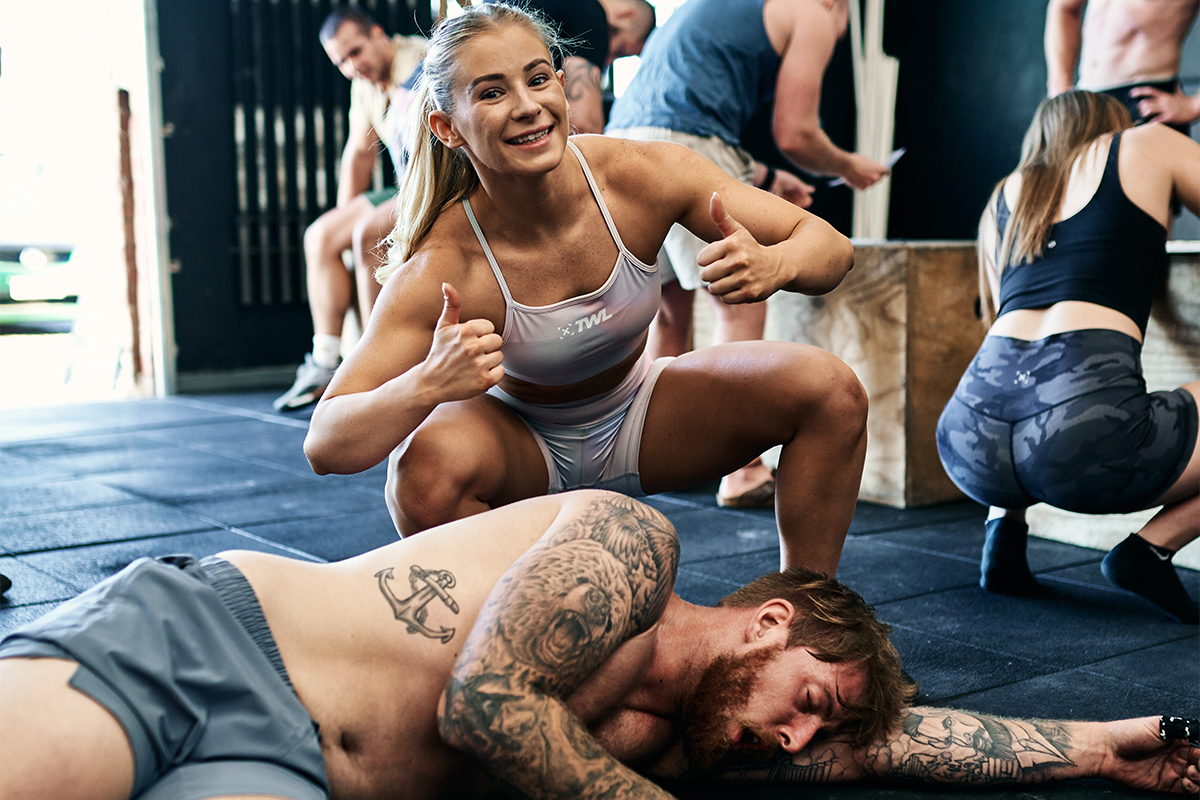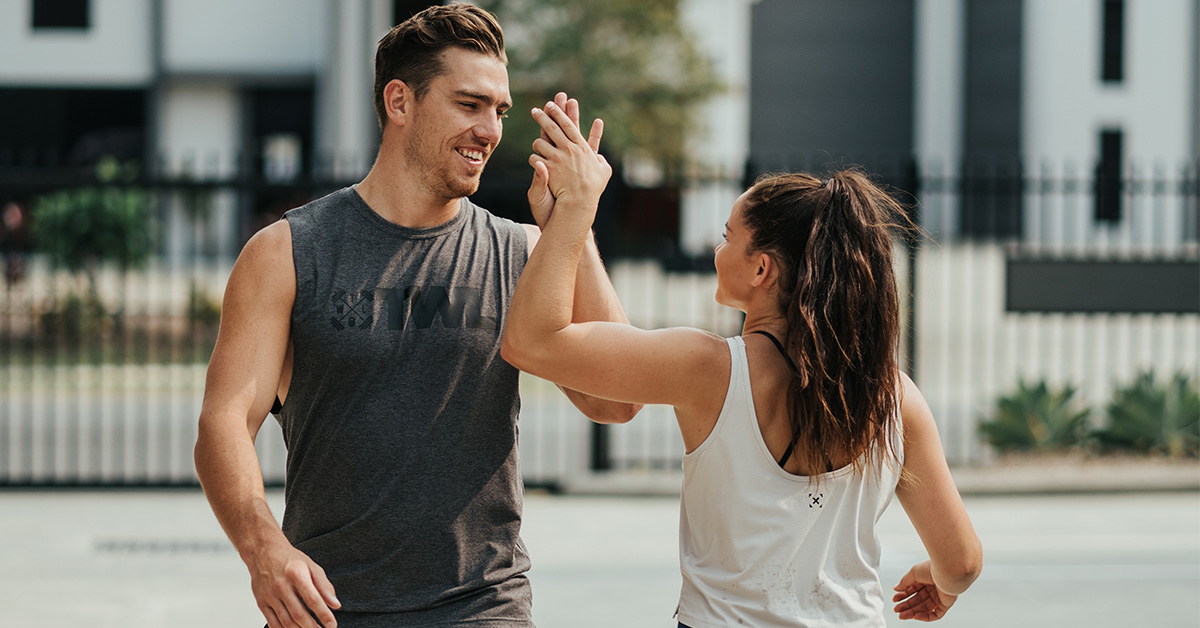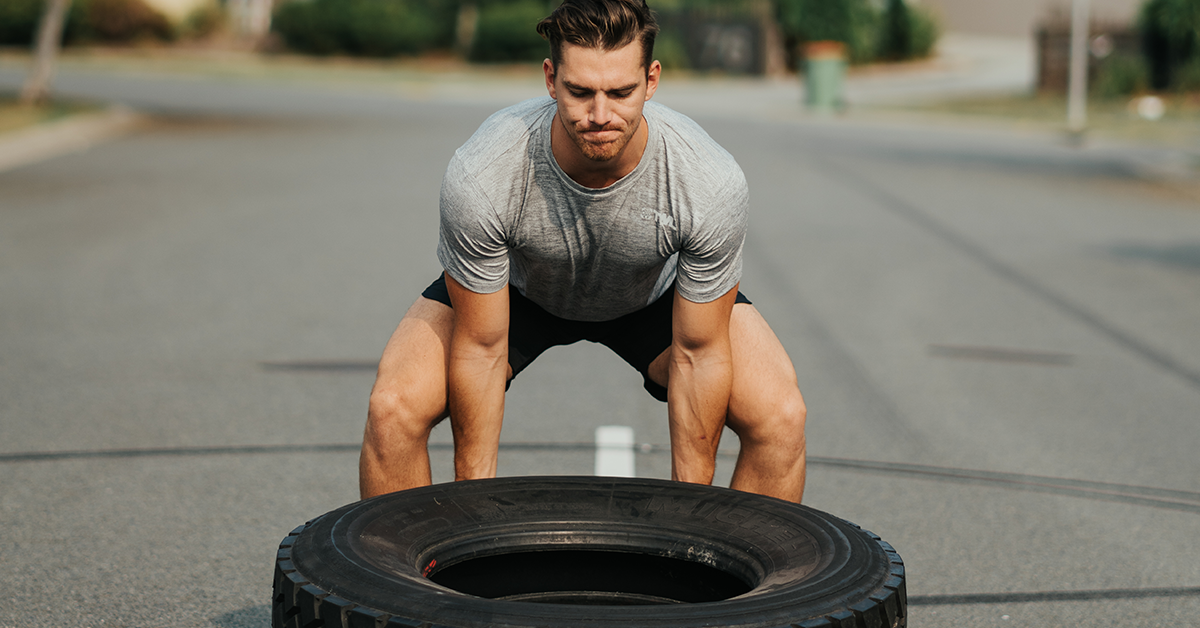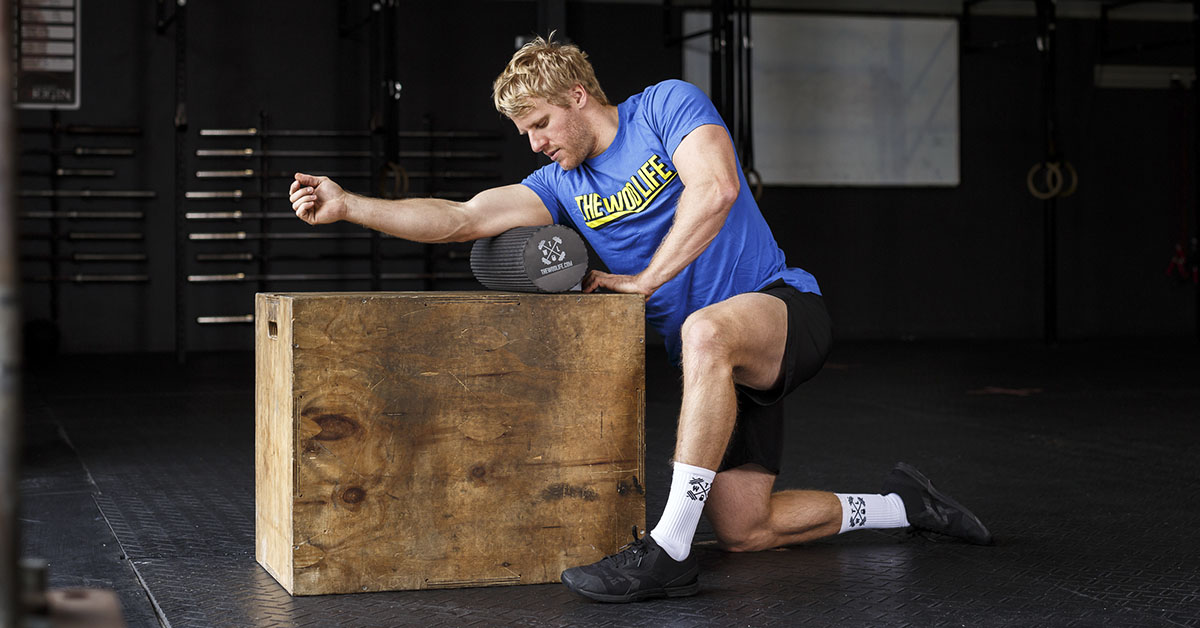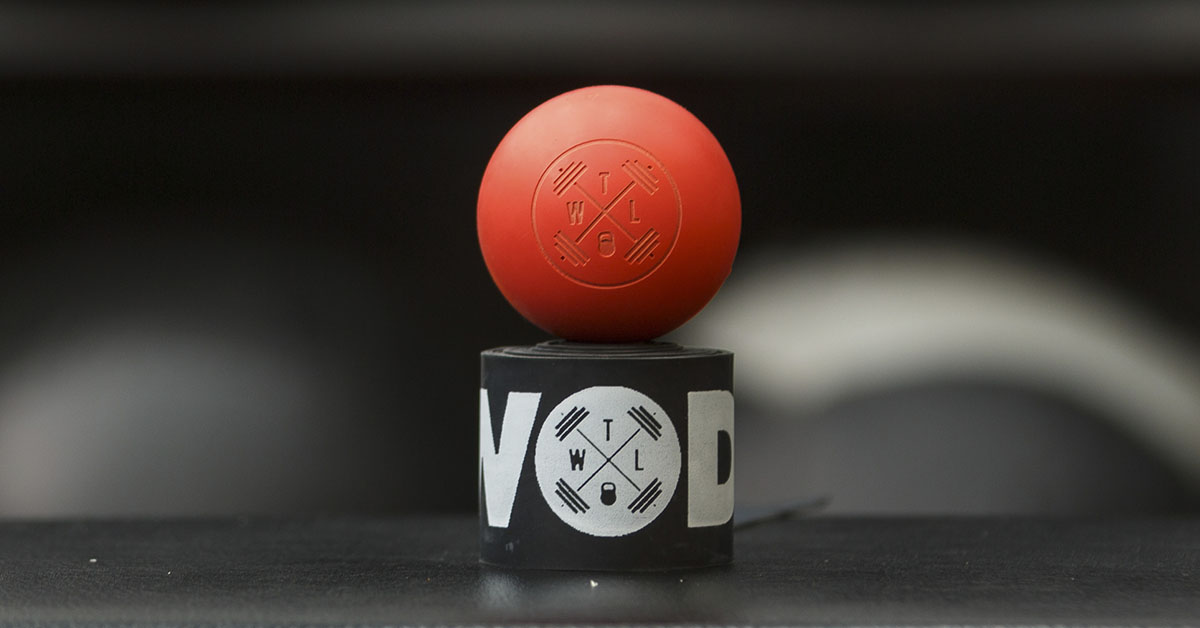If you’ve hit the Open hard (or if the Open hit you hard), recovery needs to be a top priority now more than ever. Use the following tips to combat everything from delayed onset muscle soreness to loss of mobility to plain old exhaustion. Here’s how to optimize recovery.
View this post on Instagram
6 Ways to Optimize Recovery
1. Hydrate Like Your Life Depends On It
Replacing lost fluids in the first several hours post-workout is key to recovery — but don’t just chug plain water. If you’re significantly dehydrated, you need to pair water with electrolytes (think sodium) so your body actually retains what you drink and doesn’t send it all straight to the toilet.
This can be as simple as drinking more water with your meals (add some extra salt to your asparagus), tossing some Himalayan pink salt into your water bottle, or drinking coconut water.
Also, try to avoid coffee and alcohol. Despite what you may want to believe, beer is not a recovery drink, and both coffee and alcoholic beverages increase urine production, which hampers hydration.
2. Pound the Protein
Current science is mixed on whether or not consuming protein immediately before or after a workout has significant benefits for muscle growth, but there’s no question your body needs protein to recover.
Make sure you’re eating well before and after your workouts. Limit your sugar intake and prioritize proteins, as well as complex carbohydrates. According to some studies, you can also boost your overnight recovery by ingesting protein right before going to bed.
In addition to getting protein from whole foods, we also rely on protein powders for added nutrients.
Shop Now
3. Beat Soreness With Massage
If you know those box jump-overs are going to leave your calves tight and sore like rubber bands ready to snap, head to the foam roller as soon as you’re done working out. Massage the areas you expect will be particularly tender the next day. Apply this approach to any part of your body — back, triceps, chest, quads, etc. — to reduce inflammation and delayed onset muscle soreness. (This is the foam roller we use.)
Shop Now
4. Take an Ice Bath
The hot tub may be tempting but opt for a bath of ice water instead. Studies have found that cold water immersion following exercise significantly lowers muscle soreness and decreases the loss of mobility due to exertion.
Ice baths and other cooling recovery methods may be particularly beneficial to women since, compared to men, they display less ability to dissipate heat (thank you, higher body fat percentage).
5. Go for a Jog
Complete rest days have their place — you should take at least one day off each week — but sometimes the best way to handle muscle soreness is to get moving. In fact, some studies have shown that active recovery, when compared to passive recovery, increases athletes’ total work accomplished.
Head out for an easy jog or hop on the rower. Once you’re warmed up, stretch what’s tight and massage your sore spots. Soon enough, you’ll find yourself moving better and more comfortably than if you had just stayed on the couch.
6. Get Your Beauty Sleep
If you’re not getting enough sleep, don’t expect to smash your workouts. Sleep is when the body rebuilds itself, and the harder you work, the more important it is.
Studies have shown that while short-term sleep deprivation (30-72 hours) doesn’t necessarily affect aerobic capability or muscle strength in athletes, it does shorten the time it takes to reach exhaustion in a workout and can lead to muscle degeneration.
Aim for nine hours of sleep after hard training sessions. Restrict your use of screens in the hours before you go to bed. Sleep soundly and wake up ready for your next training session.
Recover as much as possible before 22.3 drops — shop with The WOD Life today!

